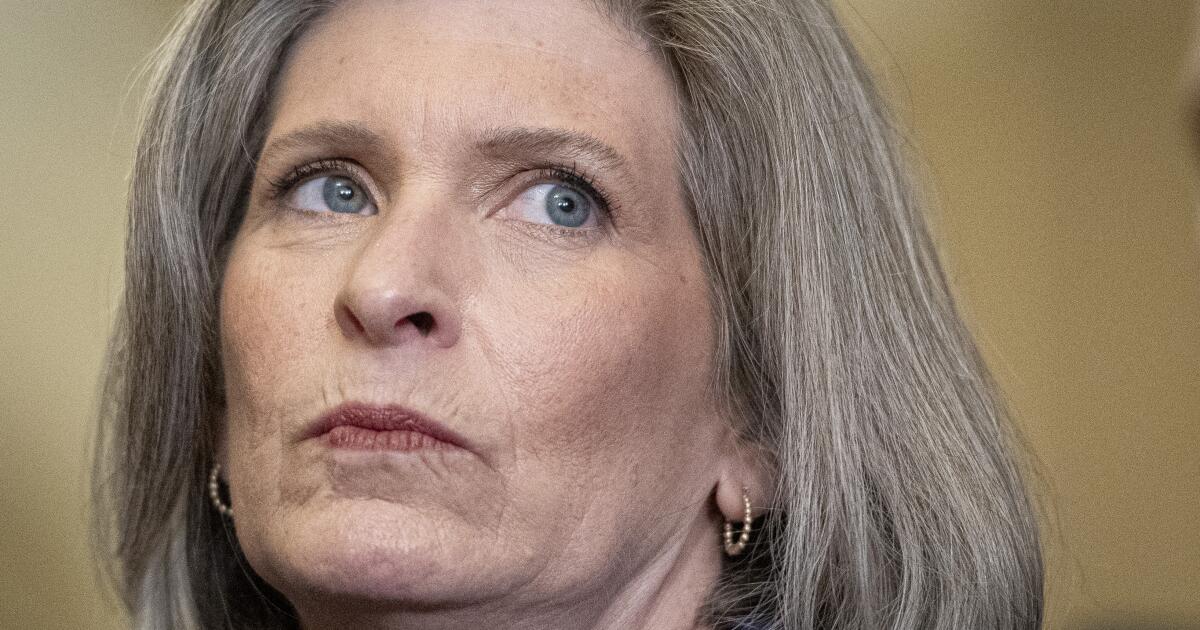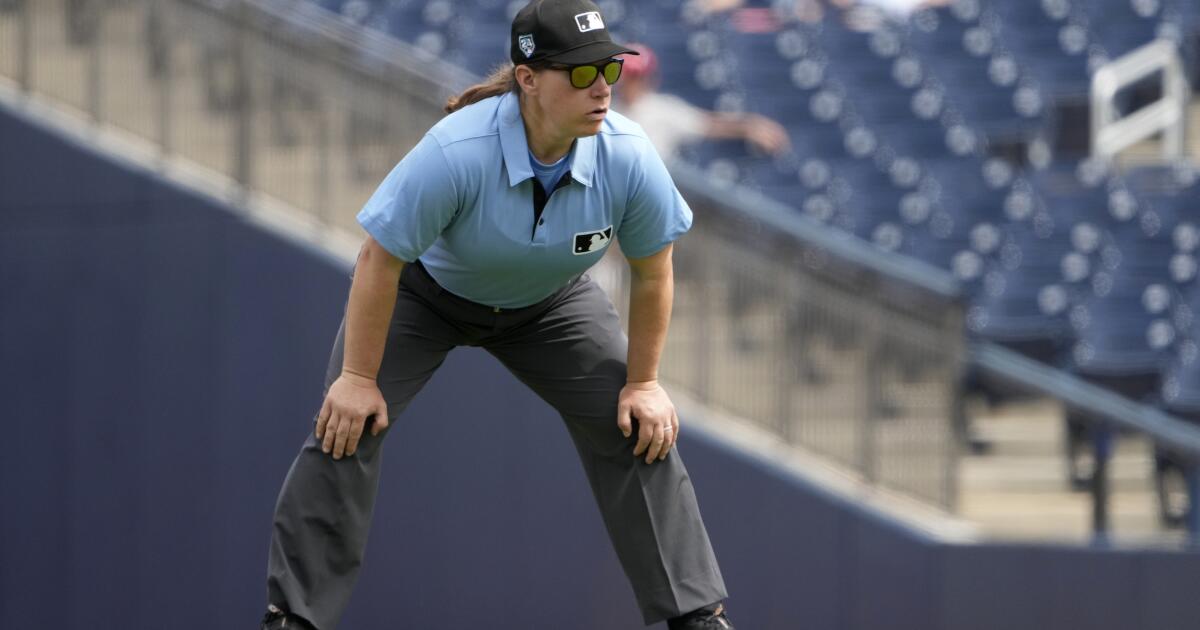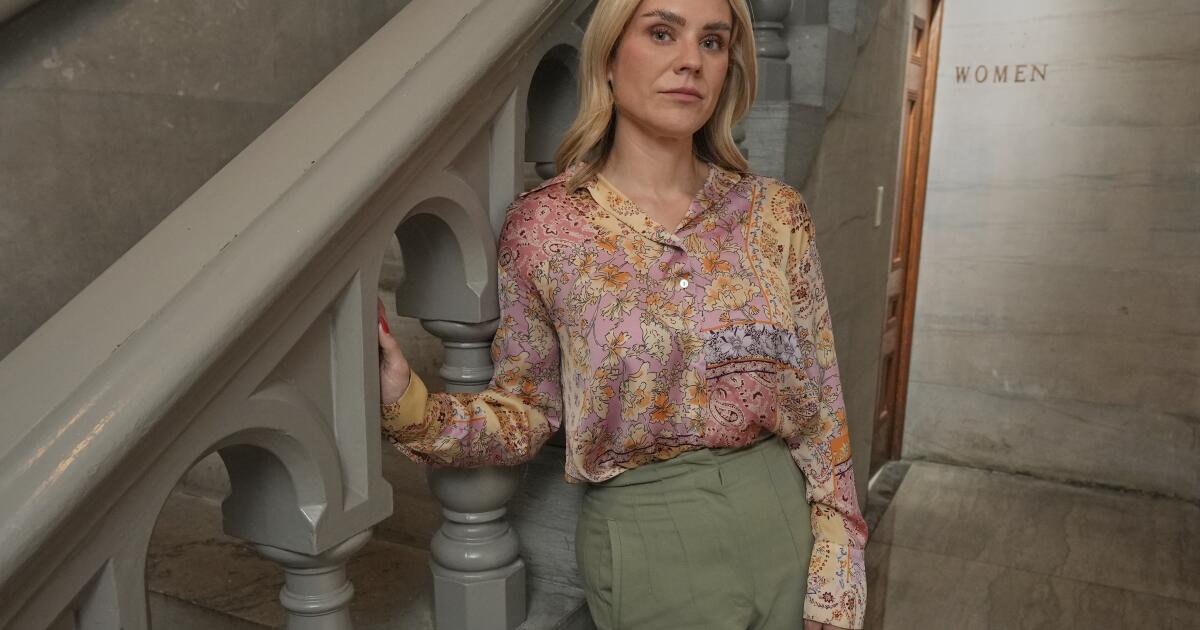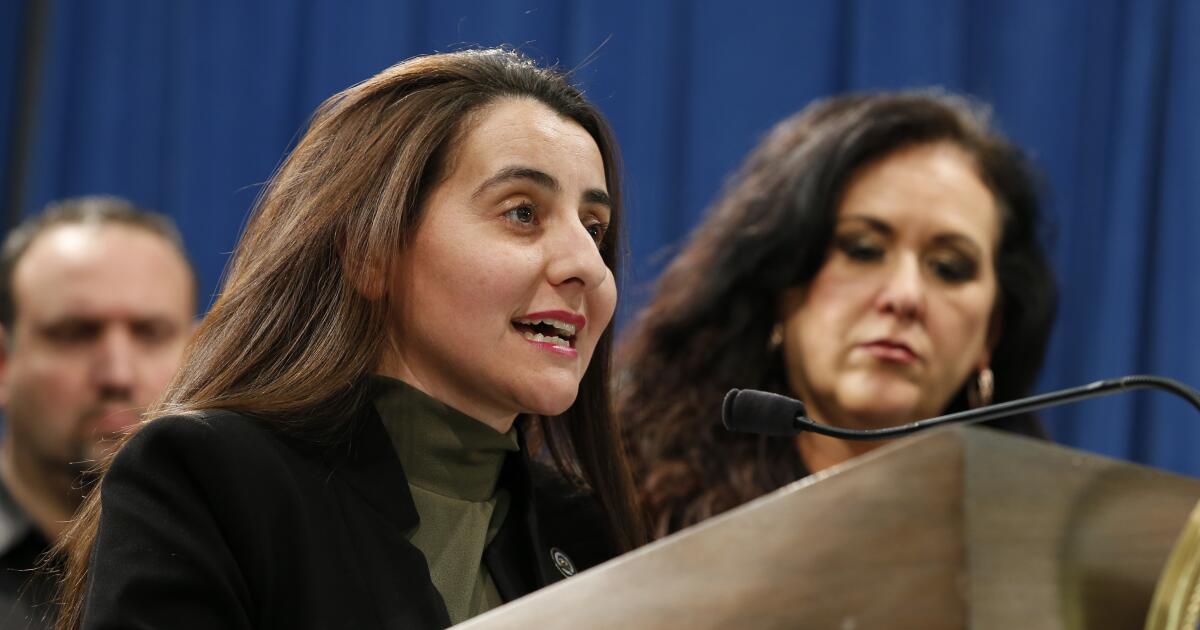For female state lawmakers in Kentucky, choosing when to go to the bathroom has long required careful calculation.
There are only two bathroom stalls for women on the third floor of the Kentucky Statehouse, where the House and Senate chambers are located. Female legislators — 41 of the 138-member Legislature — needing a reprieve during a lengthy floor session have to weigh the risk of missing an important debate or a critical vote.
None of their male colleagues face the same dilemma because, of course, multiple men’s bathrooms are available. The Legislature even installed speakers in the men’s bathrooms to broadcast the chamber’s events so they don’t miss anything important.
In a pinch, House Speaker David Osborne allows women to use his single-stall bathroom in the chamber, but even that attracts long lines.
“You get the message very quickly: This place was not really built for us,” said Rep. Lisa Willner, a Democrat from Louisville, reflecting on the photos of former lawmakers, predominantly male, that line her office.
The issue of potty parity may seem comic, but its impact runs deeper than uncomfortably full bladders, said Kathryn Anthony, professor emerita at the University of Illinois at Urbana-Champaign’s School of Architecture.
“It’s absolutely critical because the built environment reflects our culture and reflects our population,” said Anthony, who has testified on the issue before Congress. “And if you have an environment that is designed for half the population but forgets about the other half, you have a group of disenfranchised people and disadvantaged people.”
There is hope for Kentucky’s lady legislators seeking more chamber potties.
A $300-million renovation of the 155-year-old Capitol — scheduled for completion by 2028 at the soonest — aims to create more women’s restrooms and end Kentucky’s bathroom disparity.
The Bluegrass State is among the last to add bathrooms to aging statehouses that were built when female legislators were not a consideration.
In the $392-million renovation of the Georgia Capitol, expanding bathroom access is a priority, said Gerald Pilgrim, chief of staff with the state’s Building Authority. It will introduce facilities for women on the building’s fourth floor, where the public galleries are located, and will add more bathrooms throughout to comply with the Americans with Disabilities Act.
“We know there are not enough bathrooms,” he said.
Evolving equality in statehouses
There’s no federal law requiring bathroom access for all genders in public buildings. Some 20 states have statutes prescribing how many washrooms buildings must have, but historical buildings — such as statehouses — are often exempt.
Over the years, as the makeup of state governments has changed, statehouses have added bathrooms for women.
When Tennessee’s Capitol opened in 1859, the architects designed only one restroom — for men only — situated on the ground floor. According to legislative librarian Eddie Weeks, the toilet could only be “flushed” when enough rainwater had been collected.
“The room was famously described as ‘a stench in the nostrils of decency,’” Weeks said in an email.
Today, Tennessee’s Capitol has a women’s bathroom located between the Senate and House chambers. It’s in a cramped hall under a staircase, sparking comparisons to Harry Potter’s cupboard bedroom, and it contains just two stalls. The men also just have one bathroom on the same floor, but it has three urinals and three stalls.
Democratic Rep. Aftyn Behn, who was elected in 2023, said she wasn’t aware of the disparity in facilities until contacted by the Associated Press.
“I’ve apparently accepted that waiting in line for a two-stall closet under the Senate balcony is just part of the job,” she said.
“I had to fight to get elected to a Legislature that ranks dead last for female representation, and now I get to squeeze into a space that feels like it was designed by someone who thought women didn’t exist — or at least didn’t have bladders,” Behn said.
The Maryland State House is the country’s oldest state capitol in continuous legislative use, operational since the late 1700s. Archivists say its bathroom facilities were initially intended for white men only because desegregation laws were still in place. Women’s restrooms were added after 1922, but they were insufficient for the rising number of women elected to office.
Delegate Pauline Menes complained about the issue so much that House Speaker Thomas Lowe appointed her chair of the “Ladies Rest Room Committee,” and presented her with a fur-covered toilet seat in front of her colleagues in 1972. She launched the women’s caucus the following year.
It wasn’t until 2019 that House Speaker Adrienne A. Jones, the first woman to secure that position, ordered the addition of more women’s restrooms along with a gender-neutral bathroom and a nursing room for mothers in the Lowe House Office Building.
‘No longer do we fret and squirm or cross our legs in panic’
As more women were elected nationwide in the 20th century, some found creative workarounds.
In Nebraska’s unicameral Legislature, female senators didn’t get a dedicated restroom until 1988, when a facility was added in the chamber’s cloakroom. There had previously been a single restroom in the Senate lounge, and Sen. Shirley Marsh, who served for some 16 years, would ask a State Patrol trooper to guard the door while she used it, said Brandon Metzler, the Legislature’s clerk.
In Colorado, female House representatives and staff were so happy to have a restroom added in the chamber’s hallway in 1987 that they hung a plaque to honor then-state Rep. Arie Taylor, the state’s first Black woman legislator, who pushed for the facility.
The plaque, now inside a women’s bathroom in the Capitol, reads: “Once here beneath the golden dome if nature made a call, we’d have to scramble from our seats and dash across the hall … Then Arie took the mike once more to push an urge organic, no longer do we fret and squirm or cross our legs in panic.”
The poem concludes: “In mem’ry of you, Arie (may you never be forgot), from this day forth we’ll call that room the Taylor Chamber Pot.”
New Mexico Democratic state Rep. Liz Thomson recalled missing votes in the House during her first year in office in 2013 because there was no women’s restroom in the chamber’s lounge. An increase in female lawmakers — New Mexico elected the largest female-majority Legislature in U.S. history in 2024 — helped raise awareness of the issue, she said.
“It seems kind of like fluff, but it really isn’t,” she said. “To me, it really talks about respect and inclusion.”
The issue is not exclusive to statehouses. In the U.S. Capitol, the first restroom for congresswomen didn’t open until 1962. While a facility was made available for female U.S. Senators in 1992, it wasn’t until 2011 that the House chamber opened a bathroom to female lawmakers.
Jeannette Rankin of Montana was the first woman elected to a congressional seat. That happened in 1916.
Willner insists that knowing the Kentucky Capitol wasn’t designed for women gives her extra impetus to stand up and make herself heard.
“This building was not designed for me,” she said. “Well, guess what? I’m here.”
Kruesi and Rush write for the Associated Press. AP writer Brian Witte in Annapolis, Md., contributed to this report.







